Home>Gardening & Outdoor>Outdoor Recreation & Activities>How Many Liters In An Olympic Swimming Pool
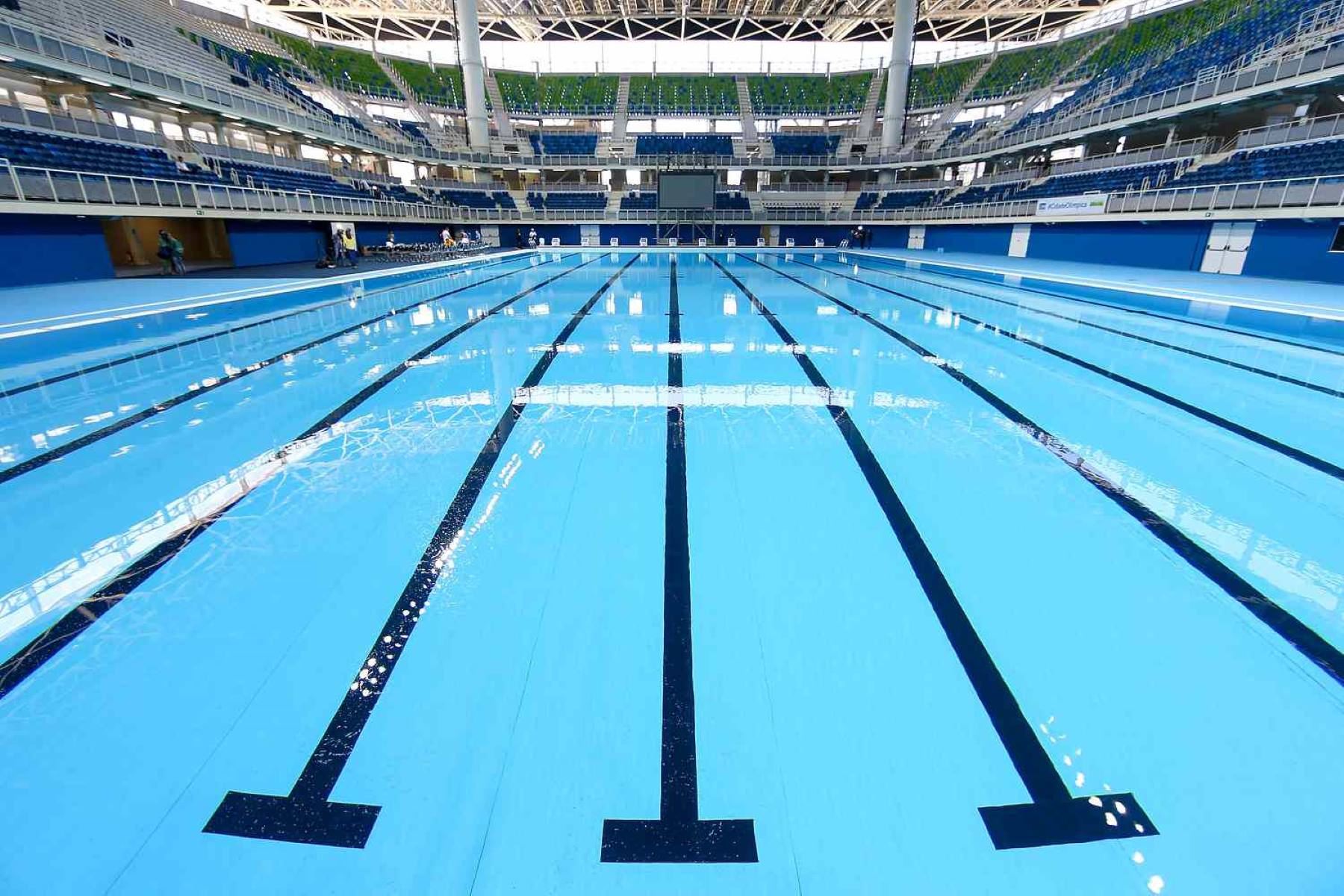

Outdoor Recreation & Activities
How Many Liters In An Olympic Swimming Pool
Modified: February 19, 2024
Discover the exact volume of an Olympic swimming pool in liters and learn more about outdoor recreation and activities. Dive into the world of outdoor fun!
(Many of the links in this article redirect to a specific reviewed product. Your purchase of these products through affiliate links helps to generate commission for Storables.com, at no extra cost. Learn more)
Introduction
When we watch the Olympics, we witness the incredible feats of athleticism and skill displayed by the world's top athletes. Among the various sports showcased, swimming has always been a captivating event. The sight of swimmers gliding effortlessly through the water, breaking records, and achieving remarkable speeds is truly awe-inspiring. One of the most iconic features of the Olympic Games is the grand swimming pool where these extraordinary performances take place.
The Olympic swimming pool, with its crystal-clear water and meticulously designed dimensions, serves as the stage for some of the most thrilling moments in sports history. As spectators, we marvel at the sheer size and scale of these pools, often wondering about the volume of water they hold. Have you ever pondered how many liters of water fill an Olympic swimming pool? The answer might surprise you.
In this article, we will delve into the fascinating world of Olympic swimming pools and explore the precise volume of water they contain. From understanding the standard size of these pools to calculating their volumetric capacity and converting it into liters, we will unravel the mystery behind the immense quantities of water that make these pools the epicenter of aquatic excellence.
Join us on this journey as we uncover the secrets of Olympic swimming pools and gain a newfound appreciation for the monumental engineering and precision that goes into creating these aquatic marvels. Let's dive in and explore the depths of Olympic swimming pools to reveal the astonishing volume of water they hold.
Key Takeaways:
- Olympic swimming pools hold a staggering 1,250,000 liters of water, showcasing the monumental scale of these aquatic marvels and the boundless potential of human achievement.
- The standard size of an Olympic swimming pool, with dimensions of 50m x 25m x 2m, ensures fairness and equality in competitive swimming, embodying the fusion of precision and passion in sports.
Read more: How Many Liters Is A Swimming Pool
The Standard Size of an Olympic Swimming Pool
The standard size of an Olympic swimming pool is a critical factor that contributes to the precision and fairness of competitive swimming events. According to the official guidelines set by the International Swimming Federation (FINA), an Olympic-sized swimming pool must adhere to specific dimensions to ensure uniformity and uphold the integrity of swimming competitions on a global scale.
An Olympic swimming pool is required to measure 50 meters in length, 25 meters in width, and have a minimum depth of 2 meters. These dimensions are meticulously regulated to provide swimmers with a consistent and standardized environment for training and competing. The length of 50 meters allows for the implementation of standard swimming distances, such as the 50-meter, 100-meter, and 200-meter events, while the 25-meter width accommodates multiple swimmers simultaneously, enabling the smooth conduct of relay races and other team events.
Furthermore, the minimum depth of 2 meters is essential for ensuring the safety of the athletes and facilitating optimal swimming conditions. The depth of the pool plays a crucial role in minimizing the disruptive effects of waves and turbulence, thereby enabling swimmers to maintain their speed and form without encountering undue resistance from the water.
In addition to the primary swimming area, Olympic-sized pools also feature designated lanes for competitive swimming, each measuring 2.5 meters in width. These lanes are marked with distinctive lane ropes, which serve the dual purpose of delineating individual swimming lanes and mitigating the propagation of waves across the pool, thereby enhancing the fairness and accuracy of race results.
The meticulous adherence to these standardized dimensions underscores the commitment to fairness and equality in competitive swimming, ensuring that athletes from diverse backgrounds and training environments can compete on a level playing field. Whether it's the exhilarating sprints of freestyle races or the graceful precision of synchronized swimming, the standard size of an Olympic swimming pool forms the cornerstone of aquatic excellence, providing a stage where champions are crowned and records are shattered.
As we unravel the intricacies of Olympic swimming pools, it becomes evident that the standard size is not merely a matter of measurements, but a testament to the unwavering dedication to precision, equality, and the pursuit of sporting greatness. The next time you witness the breathtaking spectacle of swimmers gliding through the water with unparalleled grace and determination, remember that their achievements are made possible by the meticulously engineered dimensions of the Olympic swimming pool, a stage where dreams are realized and history is etched in water.
This section provides a comprehensive understanding of the standard size of an Olympic swimming pool, shedding light on the meticulous dimensions that underpin the world's most prestigious aquatic competitions.
Calculating the Volume of an Olympic Swimming Pool
To comprehend the sheer magnitude of water contained within an Olympic swimming pool, it is essential to delve into the process of calculating its volumetric capacity. The volume of a swimming pool, including an Olympic-sized one, can be determined using a straightforward mathematical formula that takes into account the pool's length, width, and depth.
The formula for calculating the volume of a rectangular prism, which is the shape that closely resembles an Olympic swimming pool, is as follows:
Volume = Length x Width x Depth
For an Olympic swimming pool with the standard dimensions of 50 meters in length, 25 meters in width, and a minimum depth of 2 meters, the calculation would be:
Volume = 50m x 25m x 2m
Plugging in these values yields:
Volume = 1250 cubic meters
This calculation reveals that the volumetric capacity of an Olympic swimming pool is a staggering 1250 cubic meters. Visualizing this immense volume can be truly awe-inspiring, as it underscores the colossal amount of water required to fill these iconic aquatic arenas.
The process of calculating the volume of an Olympic swimming pool serves as a testament to the meticulous precision and engineering excellence that goes into designing these world-class facilities. It also highlights the monumental scale of the aquatic stage where swimmers from around the globe showcase their talent and determination.
As we unravel the mathematical intricacies behind the volumetric calculation, we gain a deeper appreciation for the monumental task of maintaining and managing the vast quantities of water that define the essence of Olympic swimming pools. This calculation not only quantifies the sheer volume of water but also symbolizes the boundless potential and the unyielding spirit of human achievement that unfolds within the confines of these aquatic marvels.
The calculation of an Olympic swimming pool's volume offers a glimpse into the monumental scale of these aquatic arenas, setting the stage for the remarkable feats of athleticism and the pursuit of excellence that captivate audiences worldwide. It is a testament to the harmonious fusion of science and sport, where precision and passion converge to create an environment where champions rise and legends are born.
This section provides a comprehensive insight into the process of calculating the volumetric capacity of an Olympic swimming pool, shedding light on the remarkable precision and engineering excellence that defines these iconic aquatic venues.
An Olympic swimming pool holds about 2,500,000 liters of water. This is equivalent to 660,430 gallons or 2.5 million 1-liter bottles.
Converting the Volume to Liters
Having unraveled the volumetric capacity of an Olympic swimming pool in cubic meters, the next step is to convert this measurement into liters, providing a tangible perspective on the colossal quantity of water these pools contain. The conversion from cubic meters to liters involves a straightforward multiplication process, where the volume in cubic meters is multiplied by 1000 to obtain the equivalent volume in liters.
Using the previously calculated volume of an Olympic swimming pool, which stands at 1250 cubic meters, we can proceed with the conversion:
Volume in Liters = Volume in Cubic Meters x 1000
Volume in Liters = 1250 cubic meters x 1000
Volume in Liters = 1,250,000 liters
The conversion reveals that an Olympic swimming pool, with its volumetric capacity of 1250 cubic meters, holds a staggering 1,250,000 liters of water. Visualizing this immense quantity in liters underscores the monumental scale of these aquatic arenas, where the convergence of precision engineering and athletic prowess unfolds in a symphony of human achievement.
The significance of converting the volume to liters extends beyond numerical representation, as it offers a tangible perspective on the sheer magnitude of water that fills an Olympic swimming pool. This transformation from cubic meters to liters serves as a testament to the monumental scale of these aquatic marvels, where the boundaries of human potential are tested and transcended.
As we immerse ourselves in the world of Olympic swimming pools, the conversion to liters serves as a bridge between abstract measurements and tangible reality, allowing us to grasp the enormity of these aquatic arenas in a relatable and comprehensible manner. It encapsulates the essence of these pools as the epicenter of aquatic excellence, where dreams are pursued, records are shattered, and the relentless spirit of human endeavor reigns supreme.
The conversion to liters not only quantifies the volume of water but also symbolizes the boundless potential and the unyielding spirit of human achievement that unfolds within the confines of these iconic venues. It is a testament to the harmonious fusion of science and sport, where precision and passion converge to create an environment where champions rise and legends are born.
This section provides a comprehensive insight into the conversion of the volumetric capacity of an Olympic swimming pool from cubic meters to liters, shedding light on the remarkable scale and significance of this transformation in understanding the monumental quantity of water that defines these iconic aquatic venues.
Conclusion
In conclusion, the journey into the depths of Olympic swimming pools has unveiled a world of precision, scale, and sheer magnificence. From exploring the standard dimensions that form the foundation of these aquatic arenas to calculating the volumetric capacity and converting it into liters, we have gained a profound understanding of the monumental engineering and athletic significance encapsulated within these iconic venues.
The standard size of an Olympic swimming pool, meticulously regulated by the International Swimming Federation (FINA), serves as a testament to the commitment to fairness and equality in competitive swimming. The precise dimensions of 50 meters in length, 25 meters in width, and a minimum depth of 2 meters underscore the dedication to providing athletes with a uniform and standardized environment for training and competing. This adherence to standardized dimensions not only ensures fairness in competitions but also symbolizes the harmonious fusion of science and sport, where precision and passion converge to create an environment where champions rise and legends are born.
The process of calculating the volumetric capacity of an Olympic swimming pool has shed light on the monumental scale of these aquatic arenas. The mathematical precision involved in determining the pool's volume underscores the meticulous engineering excellence that defines these world-class facilities. It also serves as a testament to the boundless potential and the unyielding spirit of human achievement that unfolds within the confines of these iconic venues.
Furthermore, the conversion of the pool's volumetric capacity from cubic meters to liters has provided a tangible perspective on the colossal quantity of water these pools contain. The transformation to liters not only quantifies the volume of water but also symbolizes the boundless potential and the unyielding spirit of human achievement that unfolds within the confines of these iconic venues. It encapsulates the essence of these pools as the epicenter of aquatic excellence, where dreams are pursued, records are shattered, and the relentless spirit of human endeavor reigns supreme.
In essence, the exploration of Olympic swimming pools has transcended mere measurements and calculations, offering a glimpse into the profound significance and awe-inspiring scale of these aquatic marvels. As we conclude this journey, we are left with a deep appreciation for the monumental engineering, athletic prowess, and the relentless pursuit of excellence that define the essence of Olympic swimming pools. These pools stand not only as testaments to human achievement but also as timeless symbols of unity, equality, and the unyielding spirit of sporting greatness.
Frequently Asked Questions about How Many Liters In An Olympic Swimming Pool
Was this page helpful?
At Storables.com, we guarantee accurate and reliable information. Our content, validated by Expert Board Contributors, is crafted following stringent Editorial Policies. We're committed to providing you with well-researched, expert-backed insights for all your informational needs.


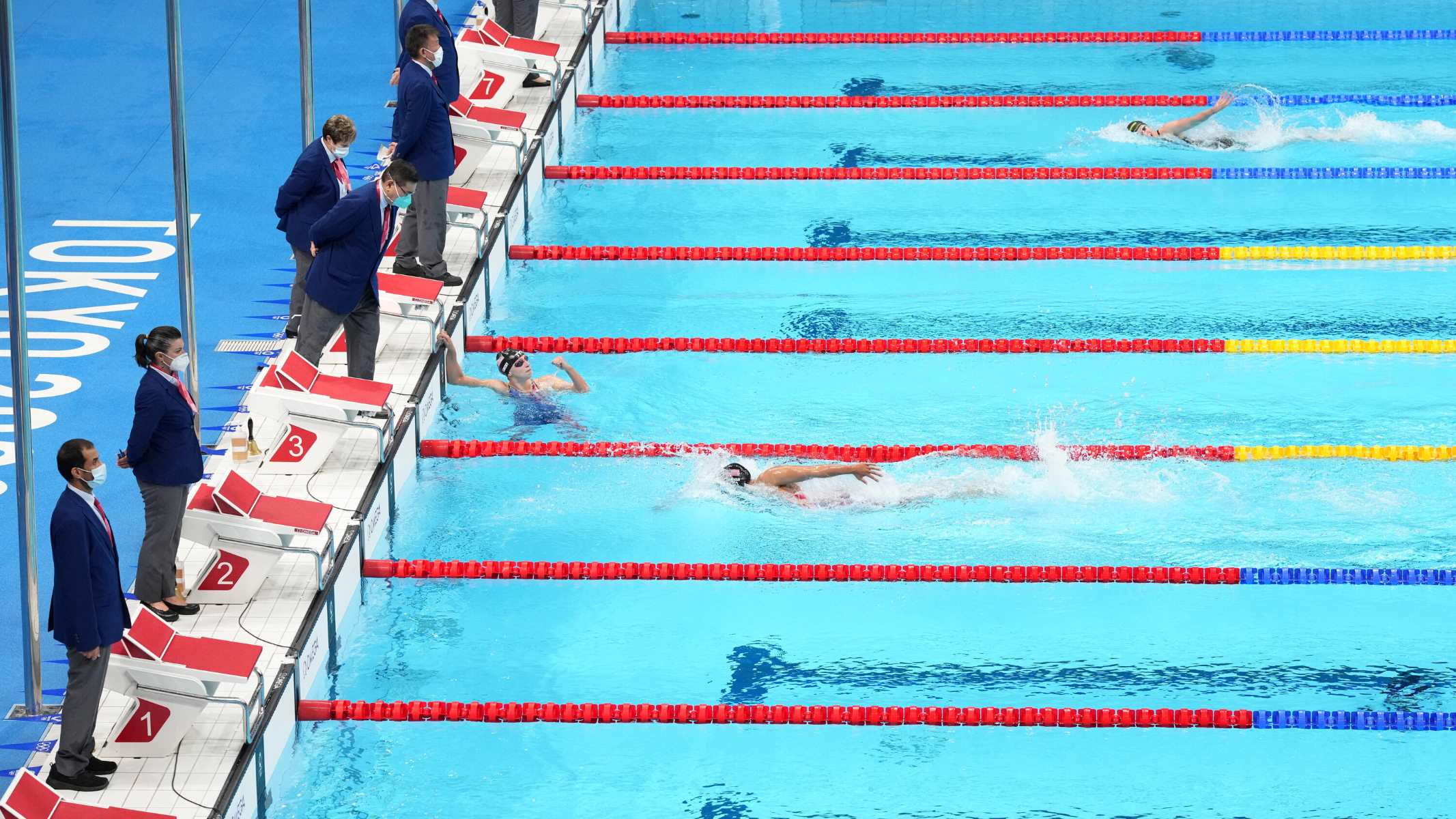
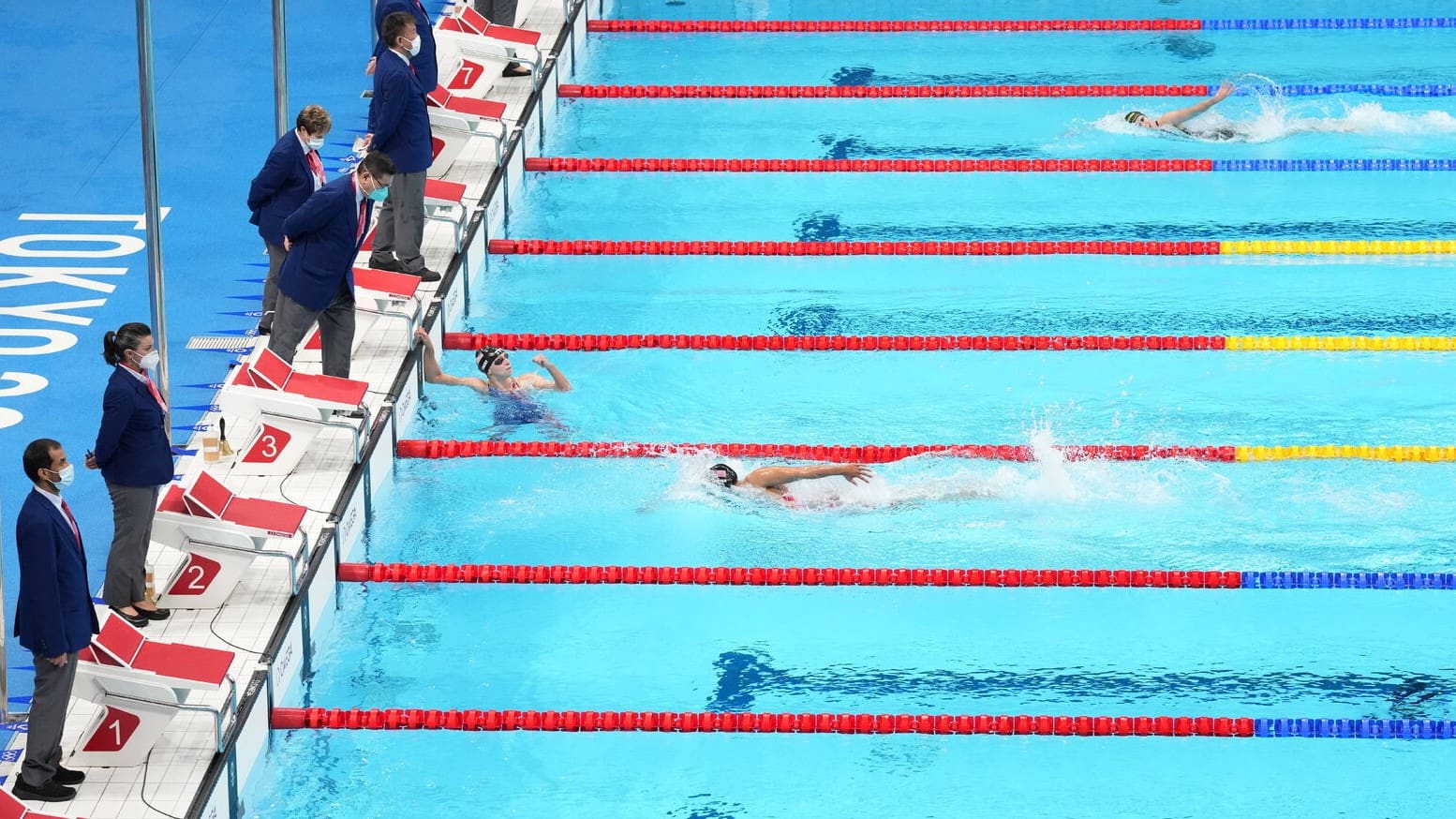
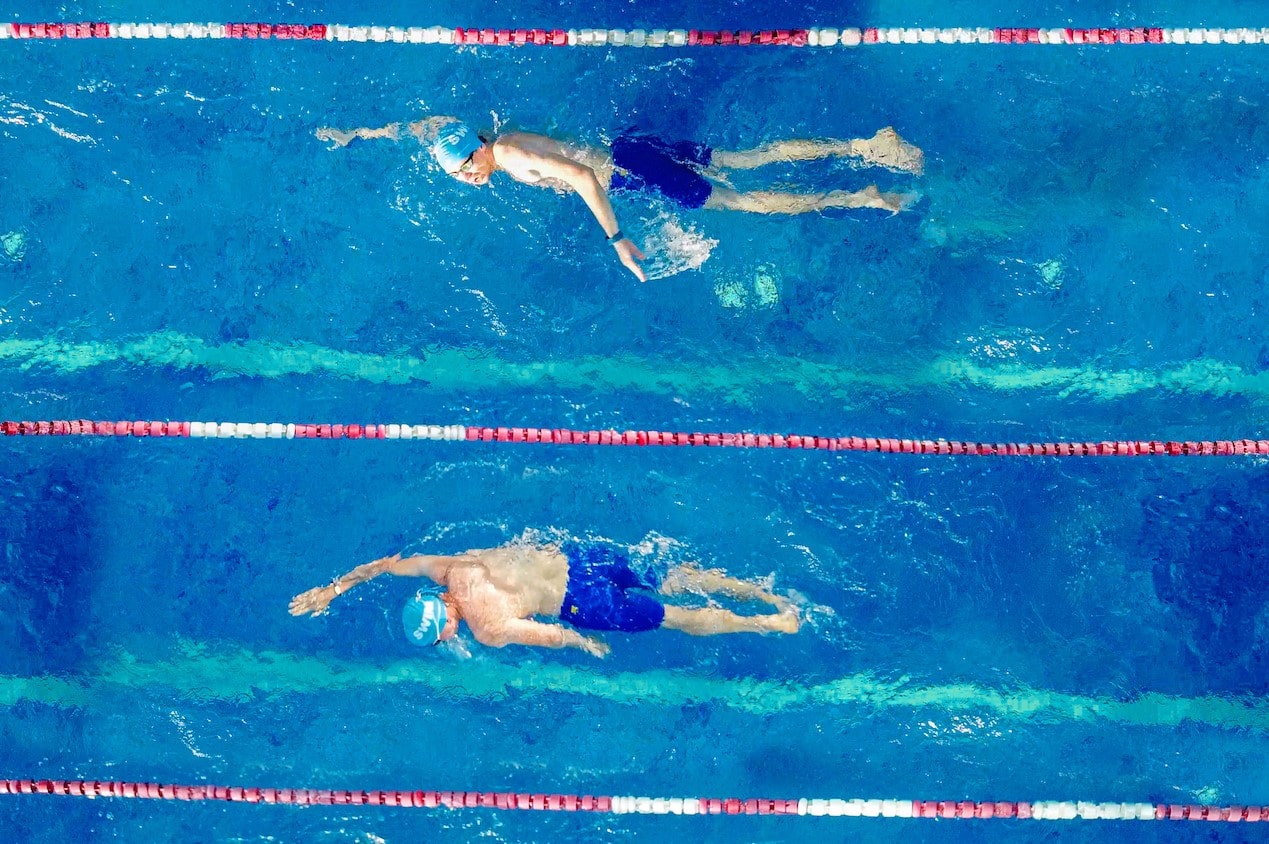
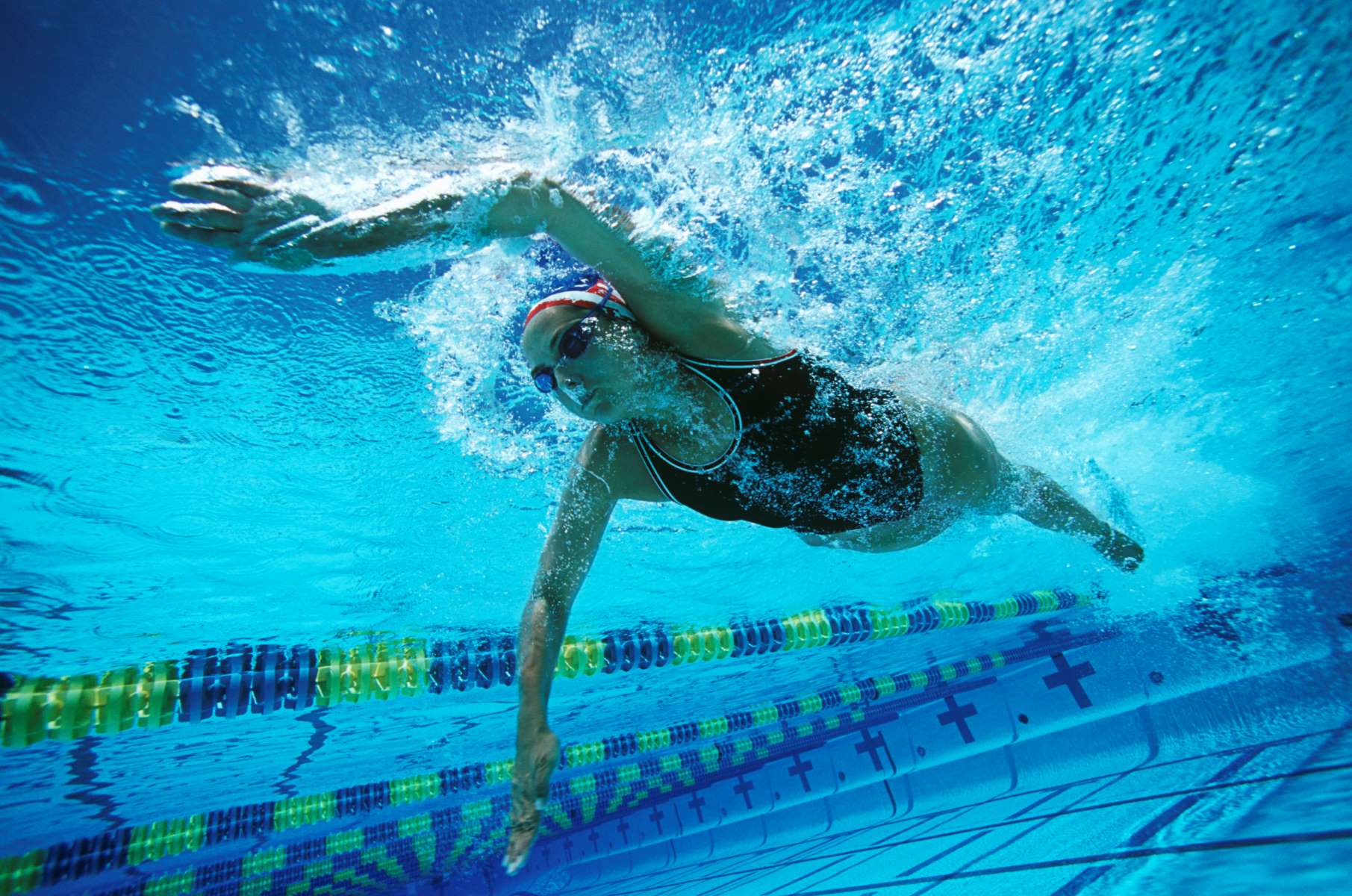
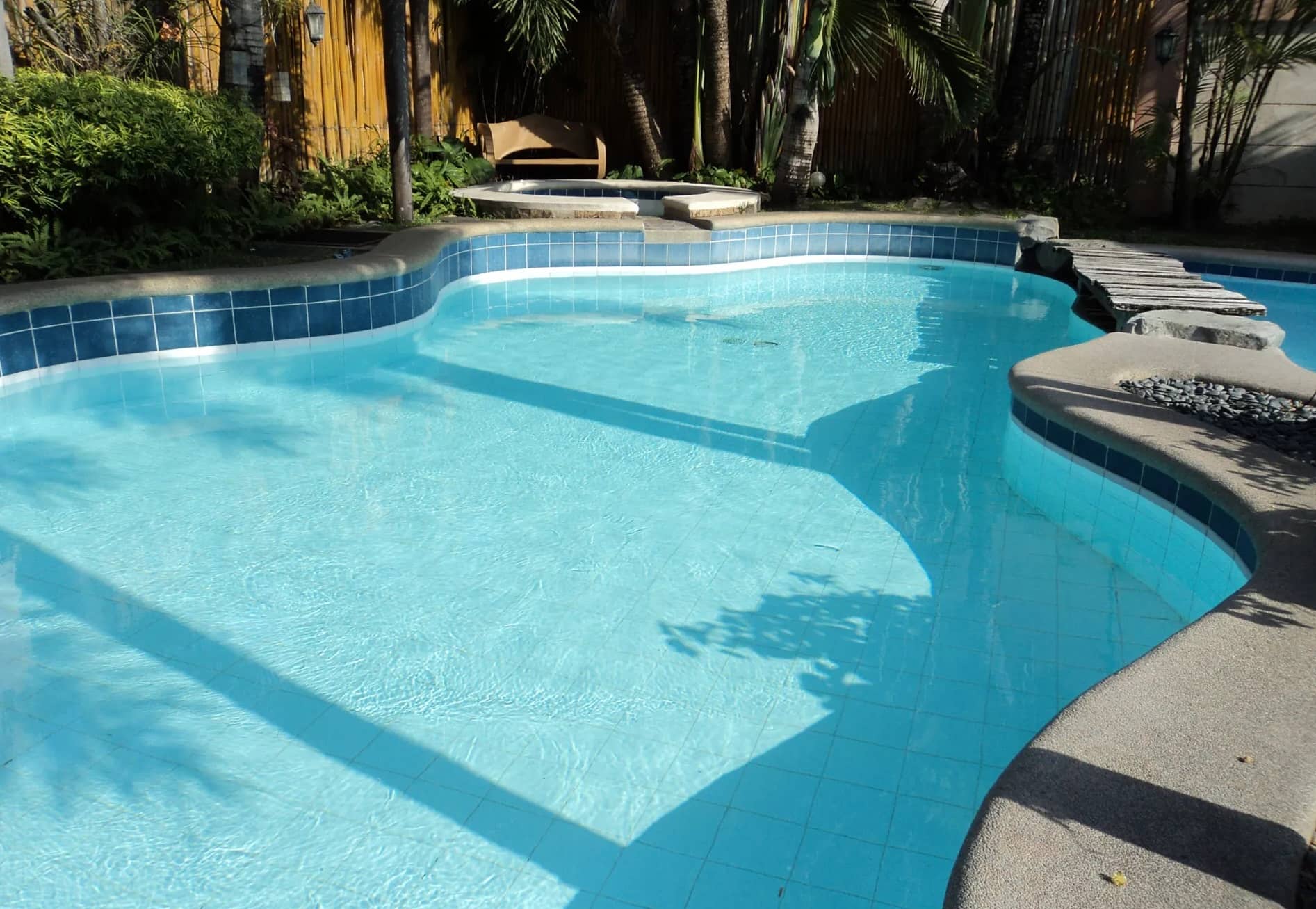
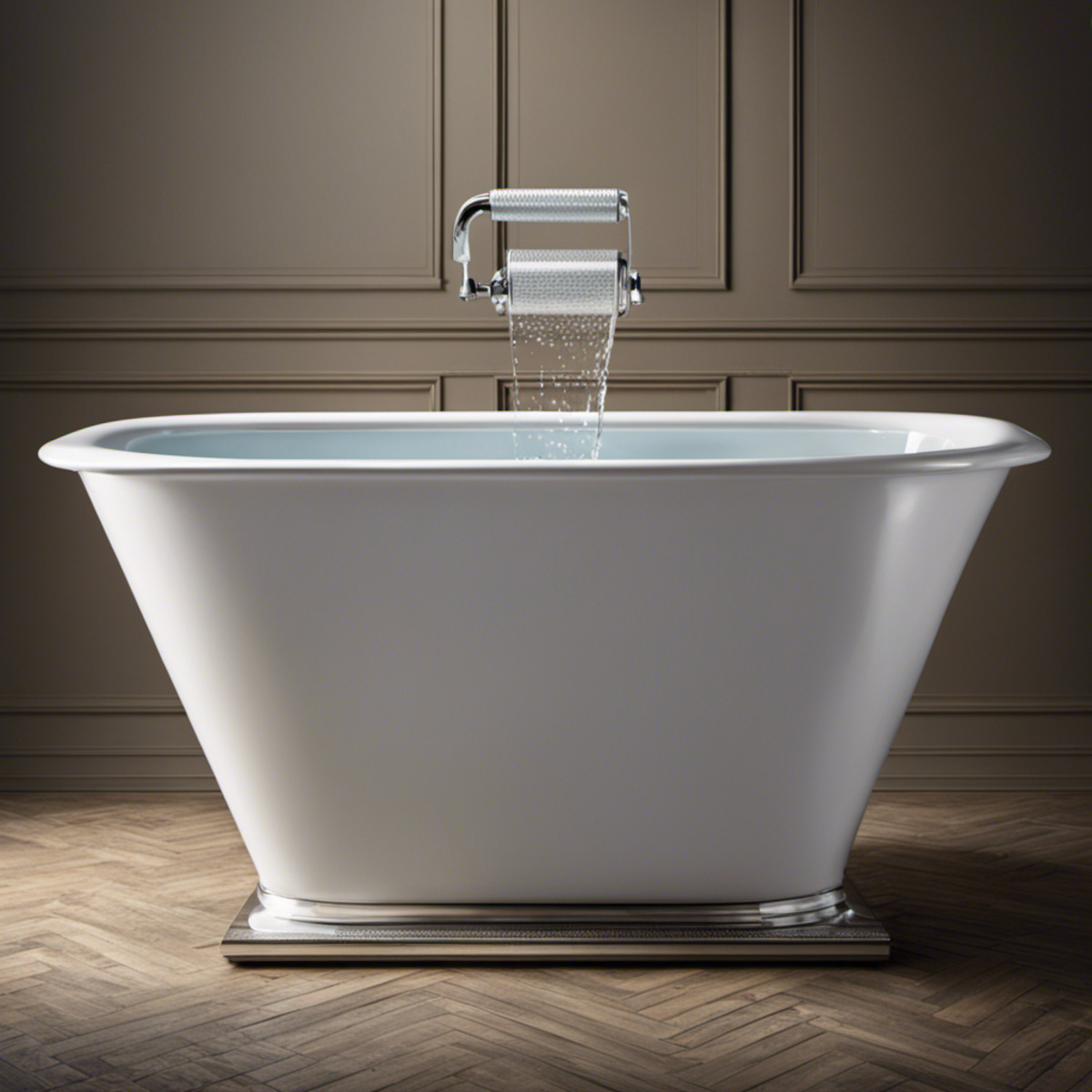

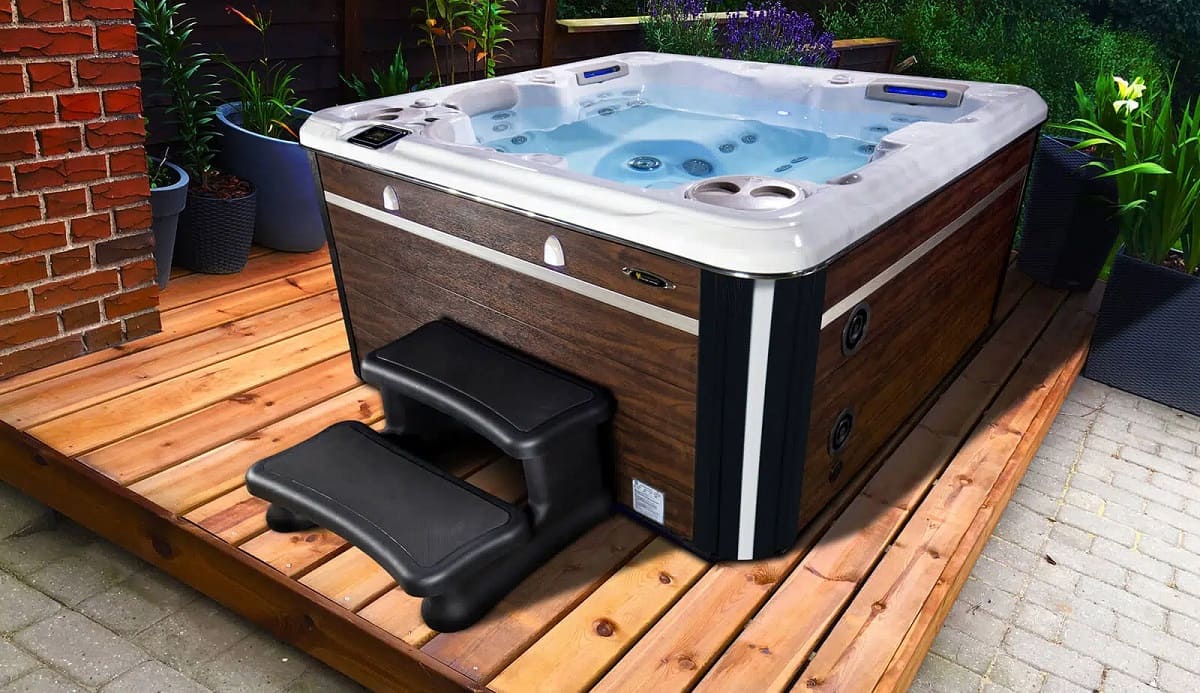
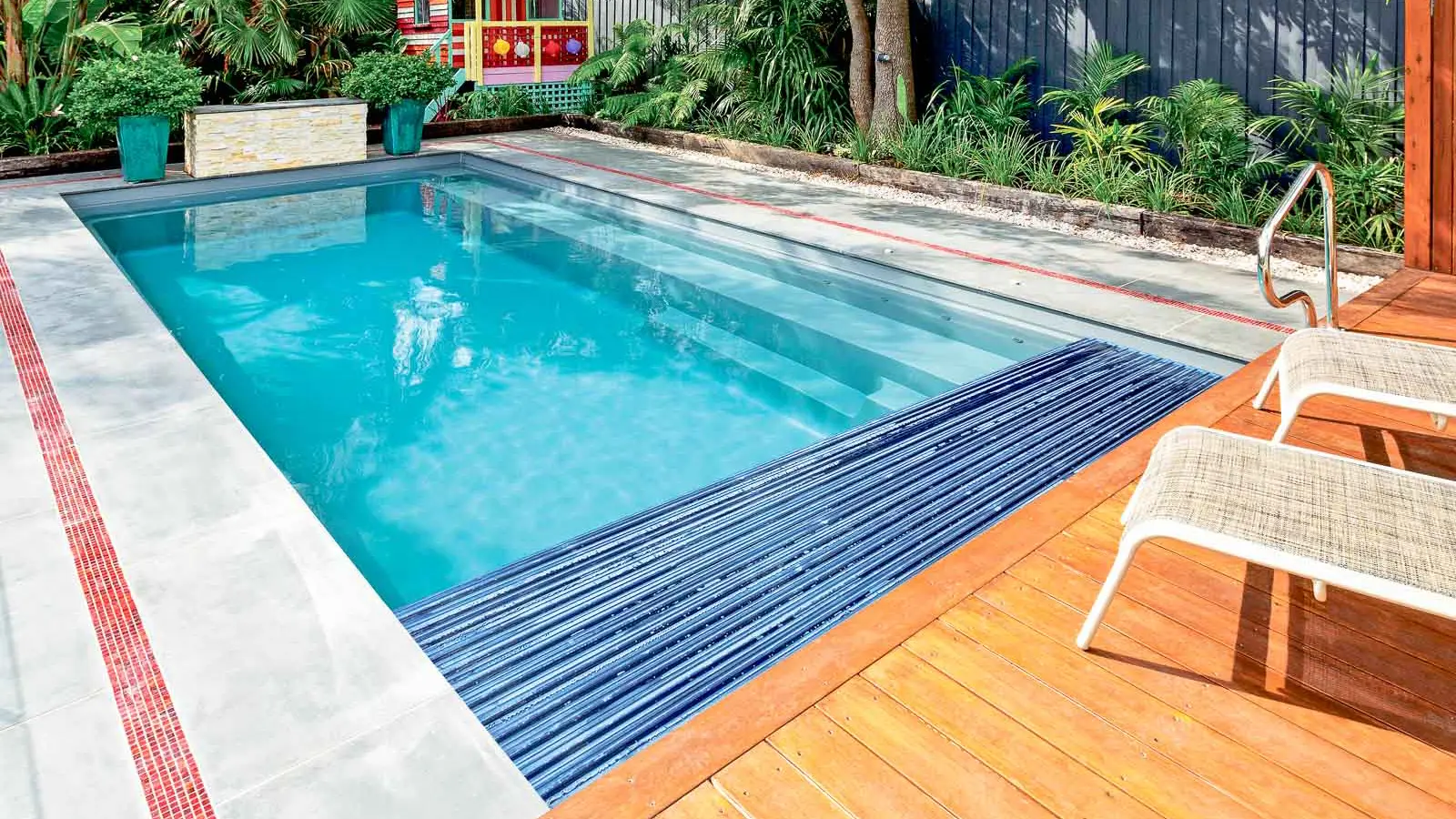
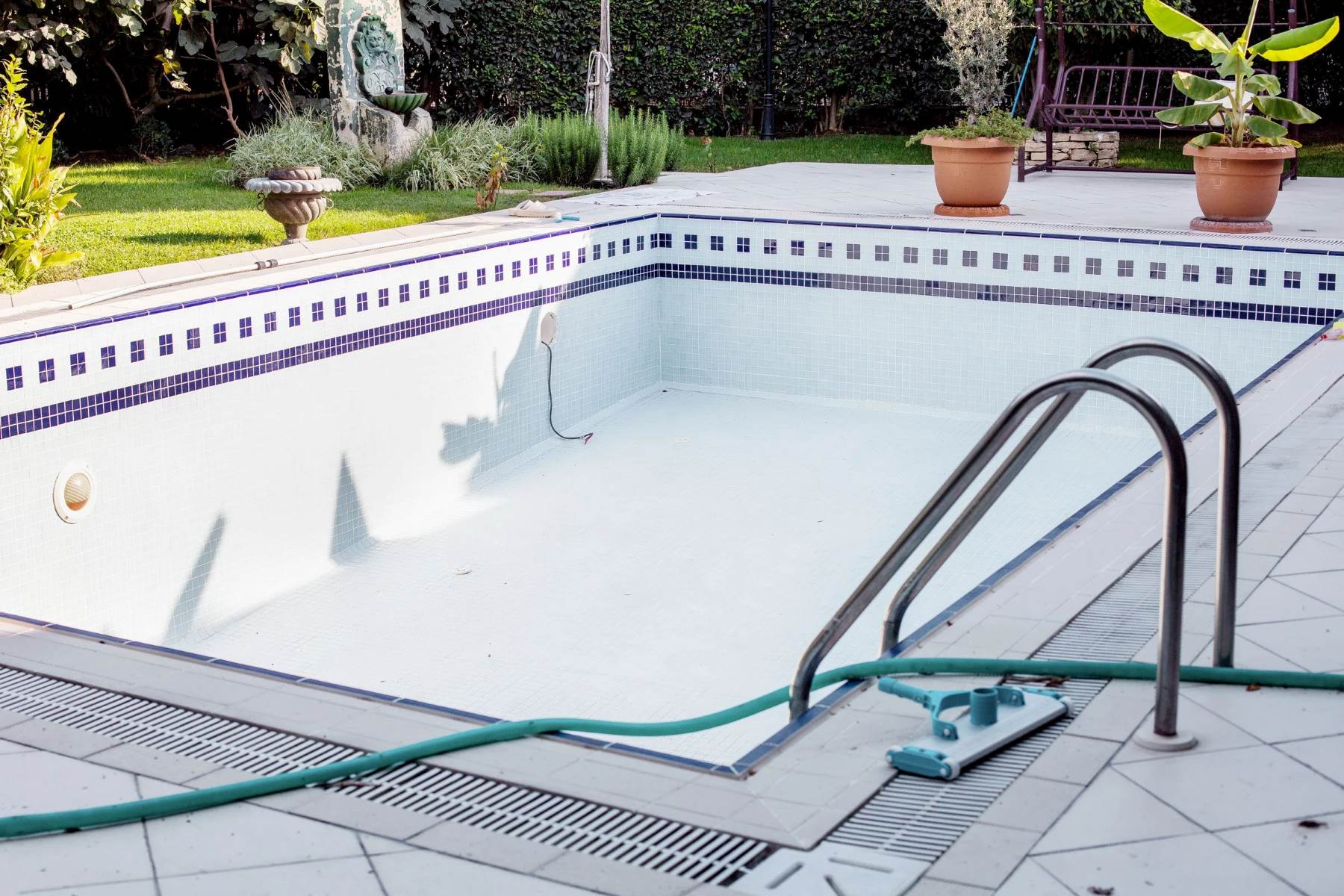
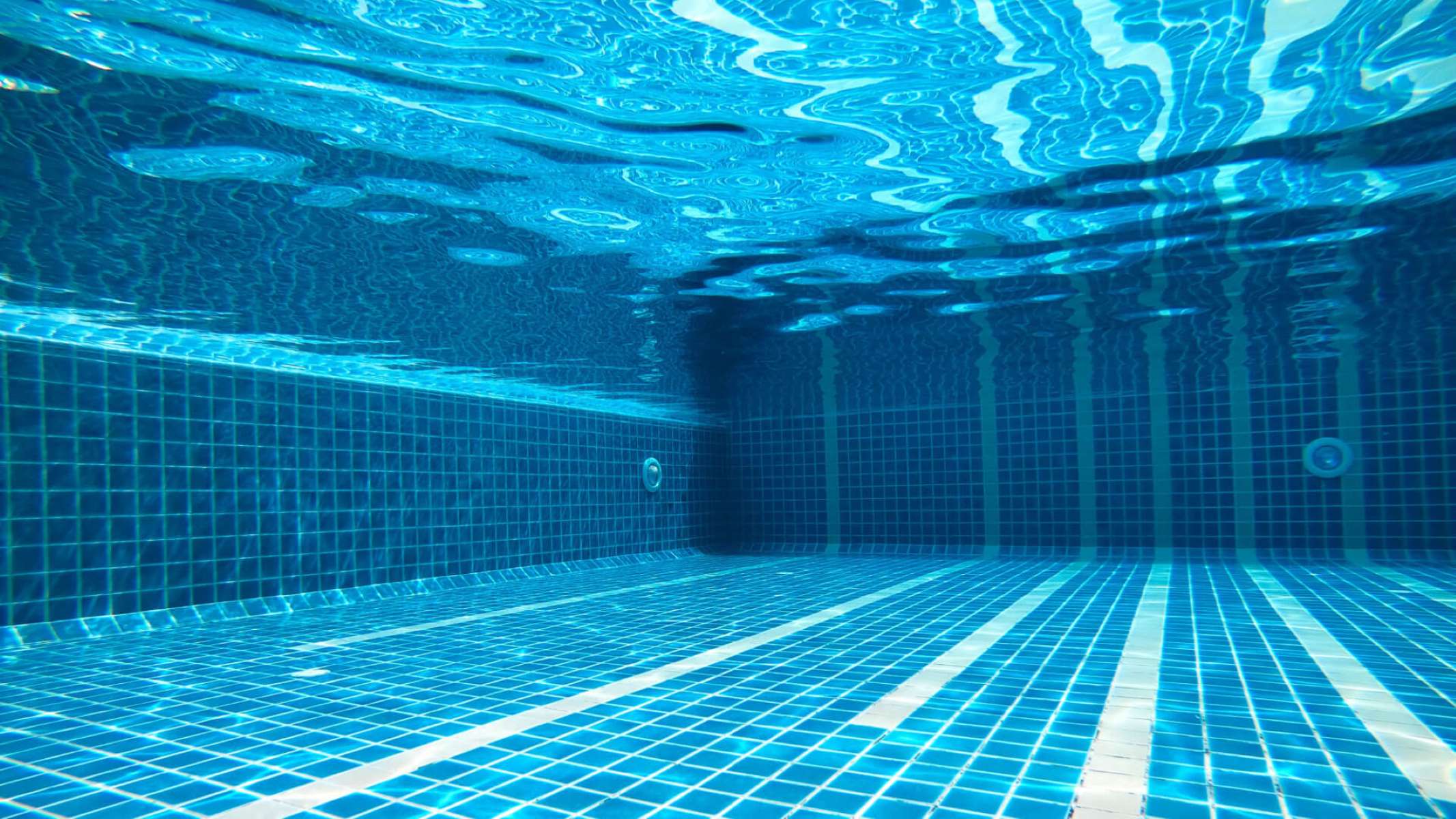
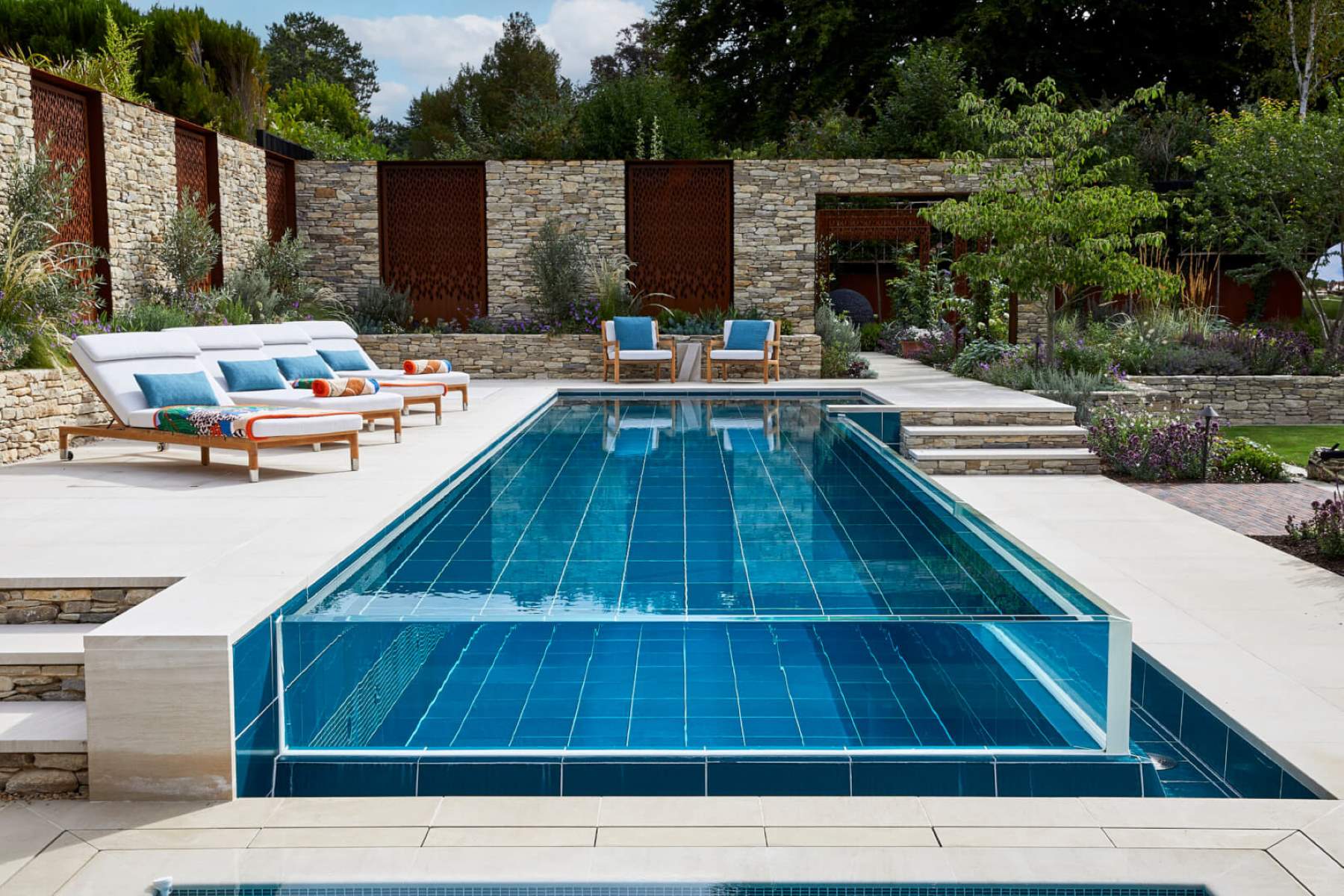


0 thoughts on “How Many Liters In An Olympic Swimming Pool”